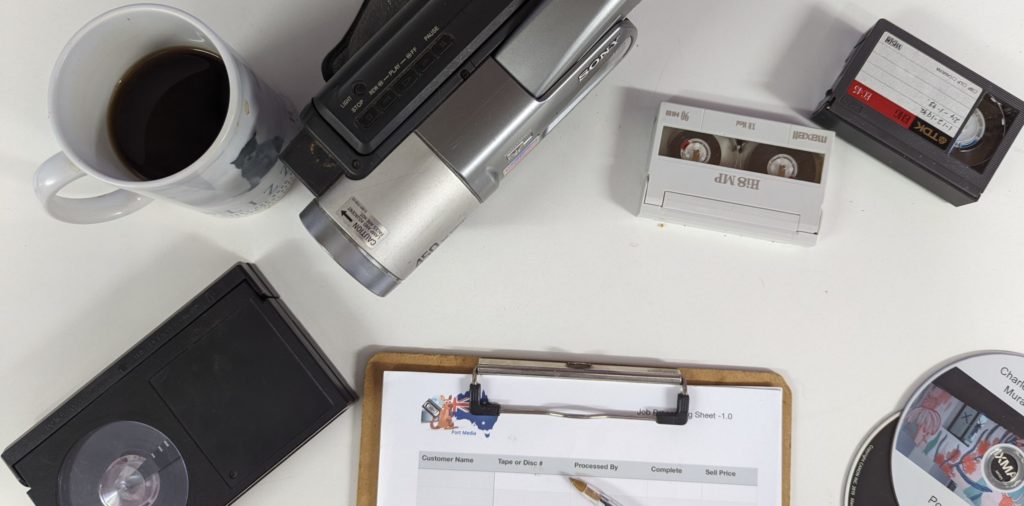The 8mm video tape format was introduced in the mid-1980s and revolutionized the way people recorded and watched home videos. This compact and reliable format allowed people to capture precious moments on video and store them for years to come. However, as technology progressed, the 8mm format was eventually replaced by newer and more advanced video formats. In this article, we will explore the history of the Hi8 video tape, which was an improved version of the 8mm format.
The 8mm video tape format was originally developed by Sony in 1985 and quickly gained popularity due to its affordability and ease of use. The format was widely adopted by consumers and amateur filmmakers who wanted to capture and share their experiences on video. However, the 8mm format had its limitations, such as low resolution and poor image quality, which became more apparent as technology advanced.
To address these limitations, Sony introduced the Hi8 video tape format in 1989. The Hi8 format improved upon the 8mm format in several ways, including higher resolution, better color reproduction, and improved image quality. The Hi8 format also introduced stereo sound and a wider aspect ratio, which made it more appealing to consumers and amateur filmmakers.
The Hi8 format was widely adopted by consumers and amateur filmmakers who wanted to capture and share their experiences on video. The format was also used by professional videographers who wanted a reliable and affordable format for recording events such as weddings and corporate meetings. However, the Hi8 format faced stiff competition from other video formats, such as VHS and Betamax, which were more widely used in the professional market.
Despite the competition, the Hi8 format remained popular among consumers and amateur filmmakers throughout the 1990s. The format was widely used for recording family events, such as birthdays and graduations, and for creating home movies. The Hi8 format was also used by musicians and artists who wanted to record their performances and showcase their work.
As technology continued to advance, the Hi8 format was eventually replaced by newer and more advanced video formats, such as MiniDV and Digital8. These formats offered even higher resolution and better image quality, and became the preferred format for consumers and professional videographers alike.
Today, the Hi8 format is considered a relic of the past, a reminder of a time when video recording technology was just beginning to take off. While the format may no longer be used by most people, it still holds a special place in the hearts of those who grew up with it and used it to capture and preserve their memories.
In conclusion, the Hi8 video tape format was an important milestone in the history of video recording technology. It improved upon the 8mm format in several ways and became widely adopted by consumers and amateur filmmakers. While the format may no longer be in use today, it will always be remembered as a key player in the early days of video recording.

